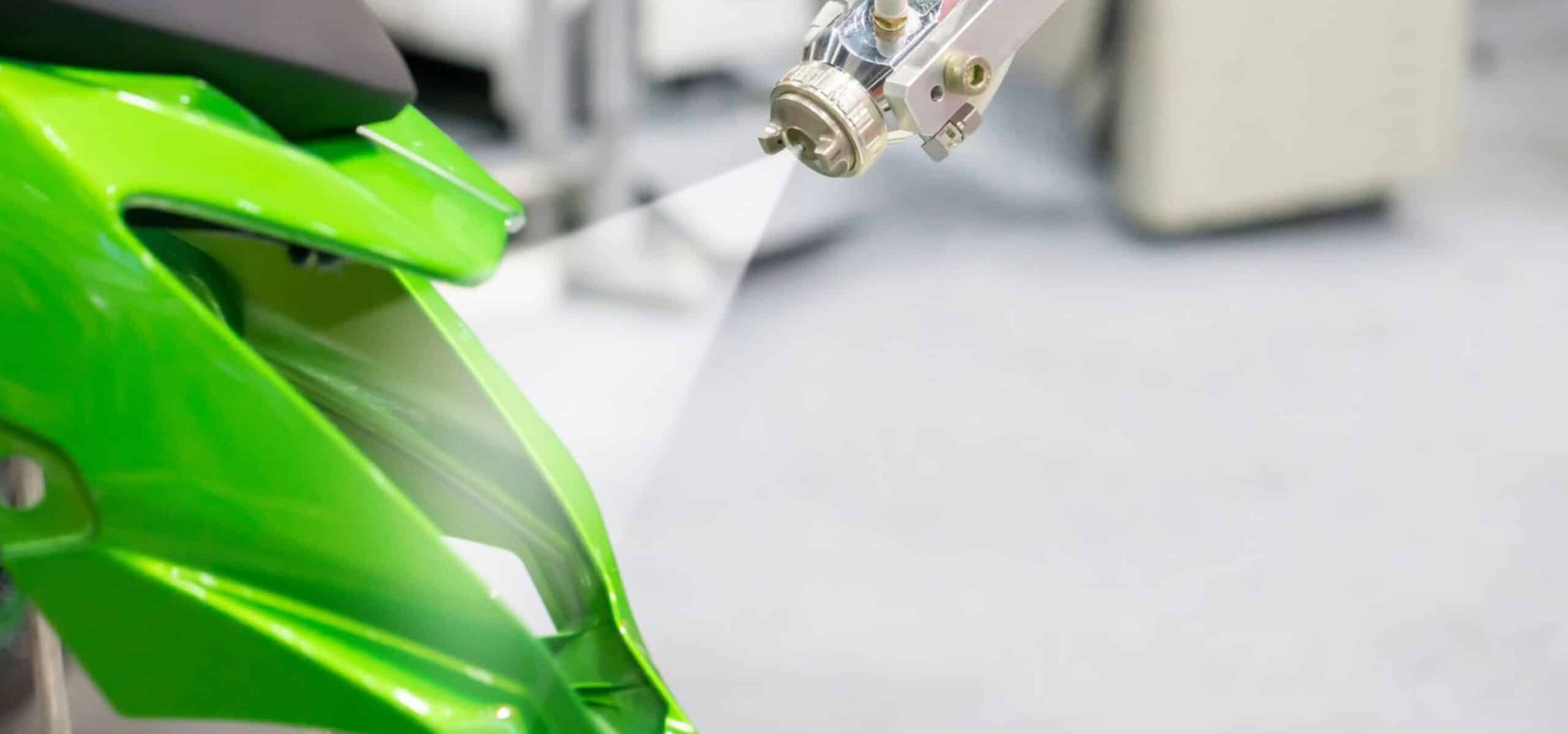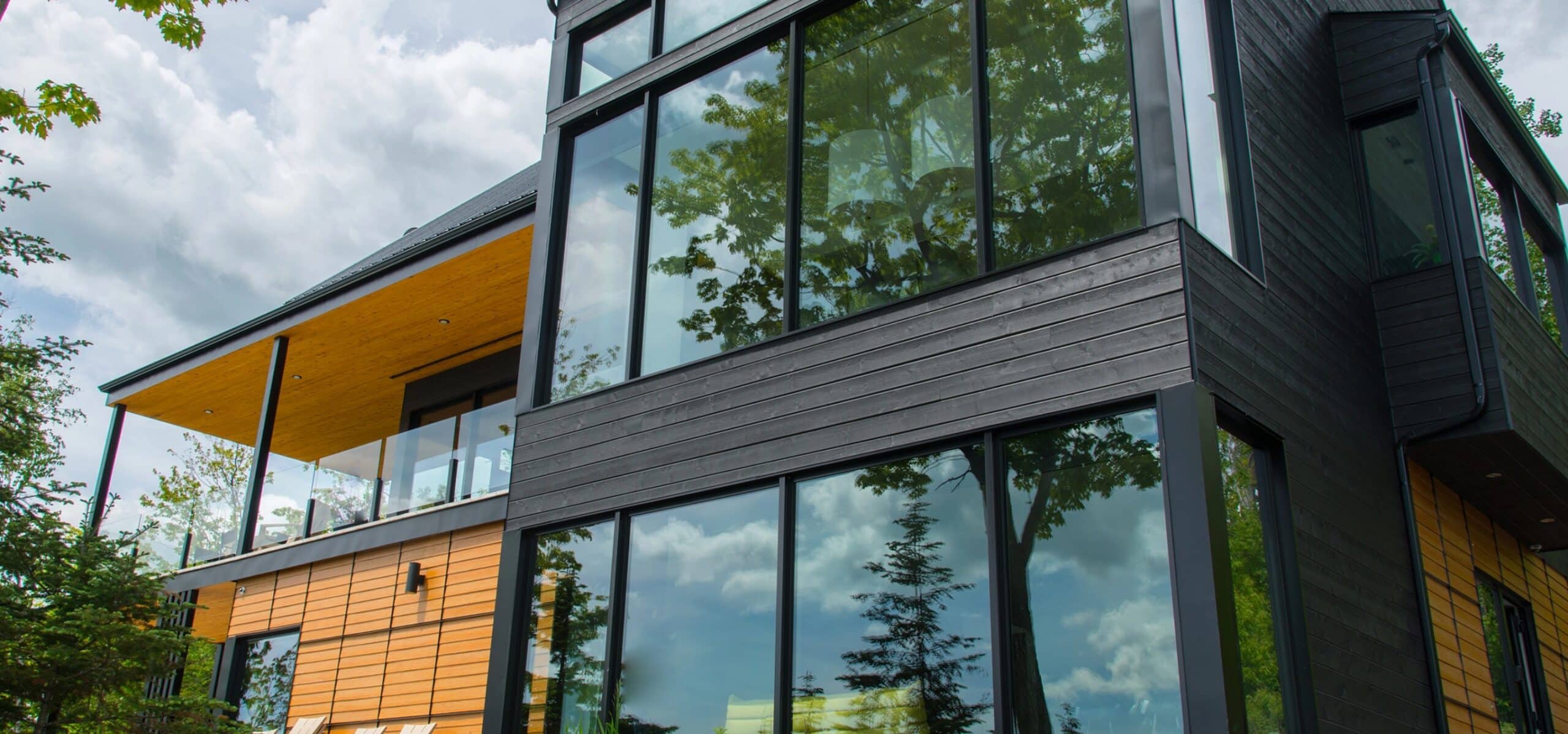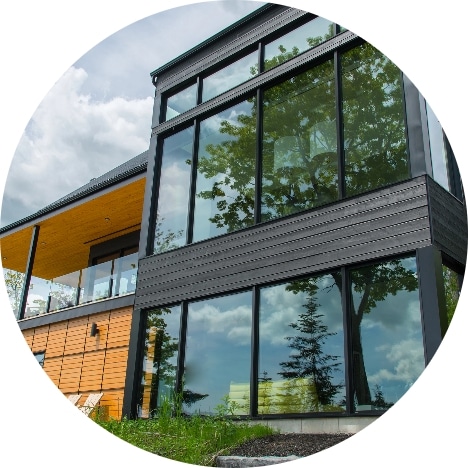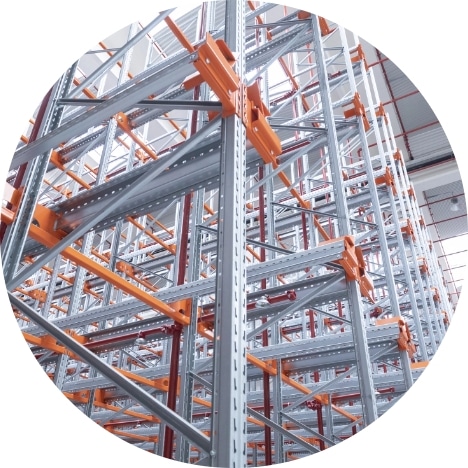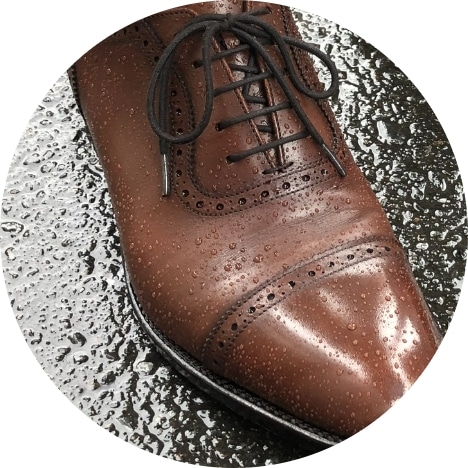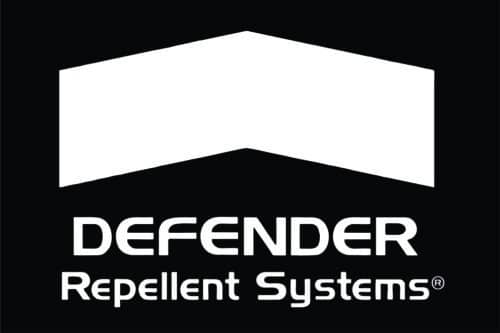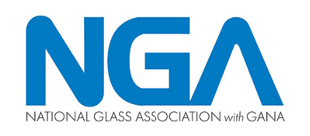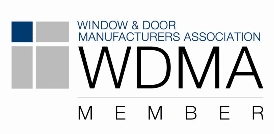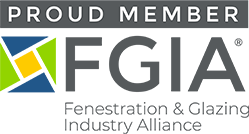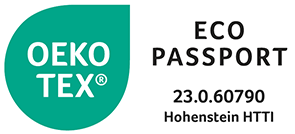TRUSTED BY


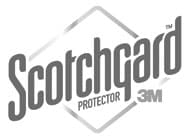

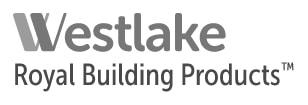
Over 3,000 active custom formulas, global
reach, and market niche expertise.
OEM, Building, Warehouse racking, Window, Door, Construction composites, Warehouse dock levers, Material handling, Bicycles, Duck decoys, Agriculture & construction equipment, Fishing rods, Beer taps, Aerosol cans, Utility and Cargo trailers
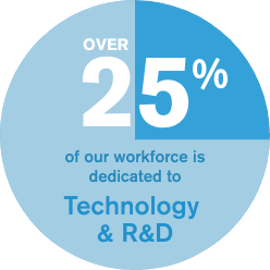
Your product is unique. You need a coatings partner with a wide range of technologies and capabilities.
“Working with ECC is streamlined, as far as developing new materials and helping with formulation ideas needed to produce the desired outcome… ECC is always up to the challenge of formulating specific paints to fit our processes and match the needs that we have.” – Gavin F., Engineering Supervisor
CUSTOM SOLUTIONS ARE WHAT
WE DO BEST

NO-RISK CUSTOM FORMULAS
Our trusted, proprietary, six-step, ECC Proven Process ensures you get exactly what you want with a hassle-free, seamless transition.
Choosing ECC and the product was an easy choice. We chose it due to the way it performed in our process, with our product, and the level of customer service provided. These key factors have remained consistent throughout our partnership.
